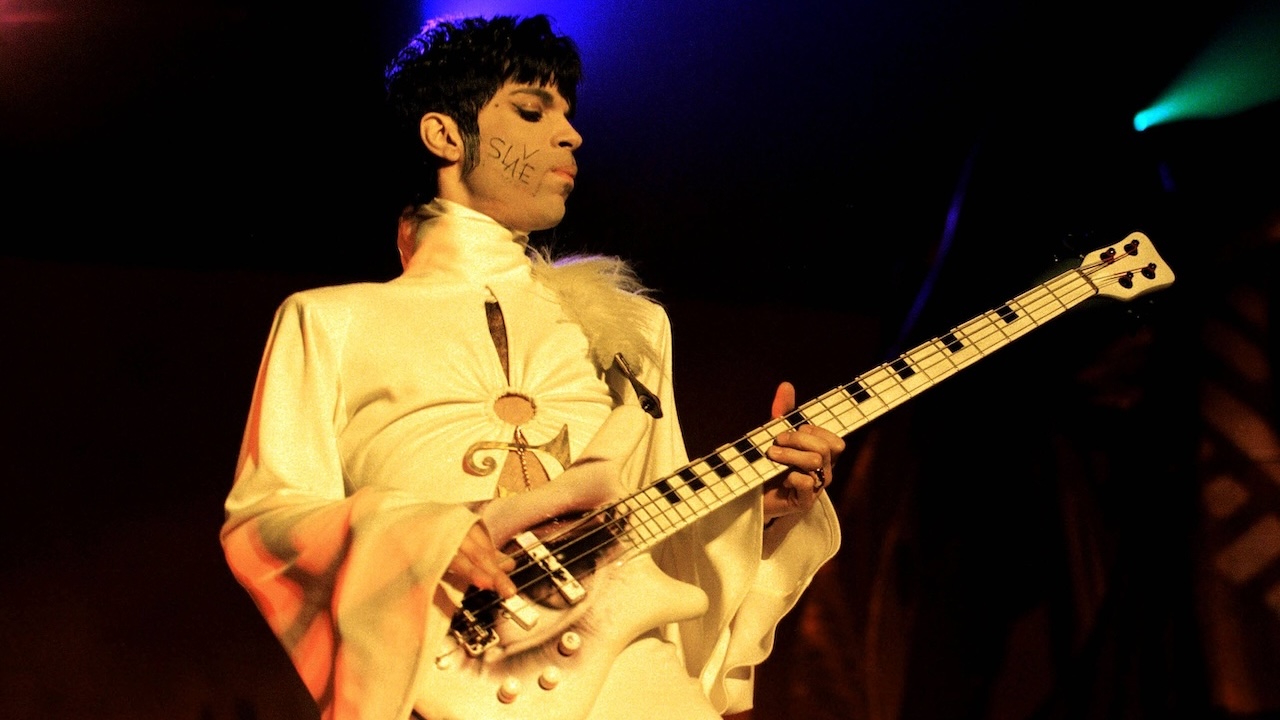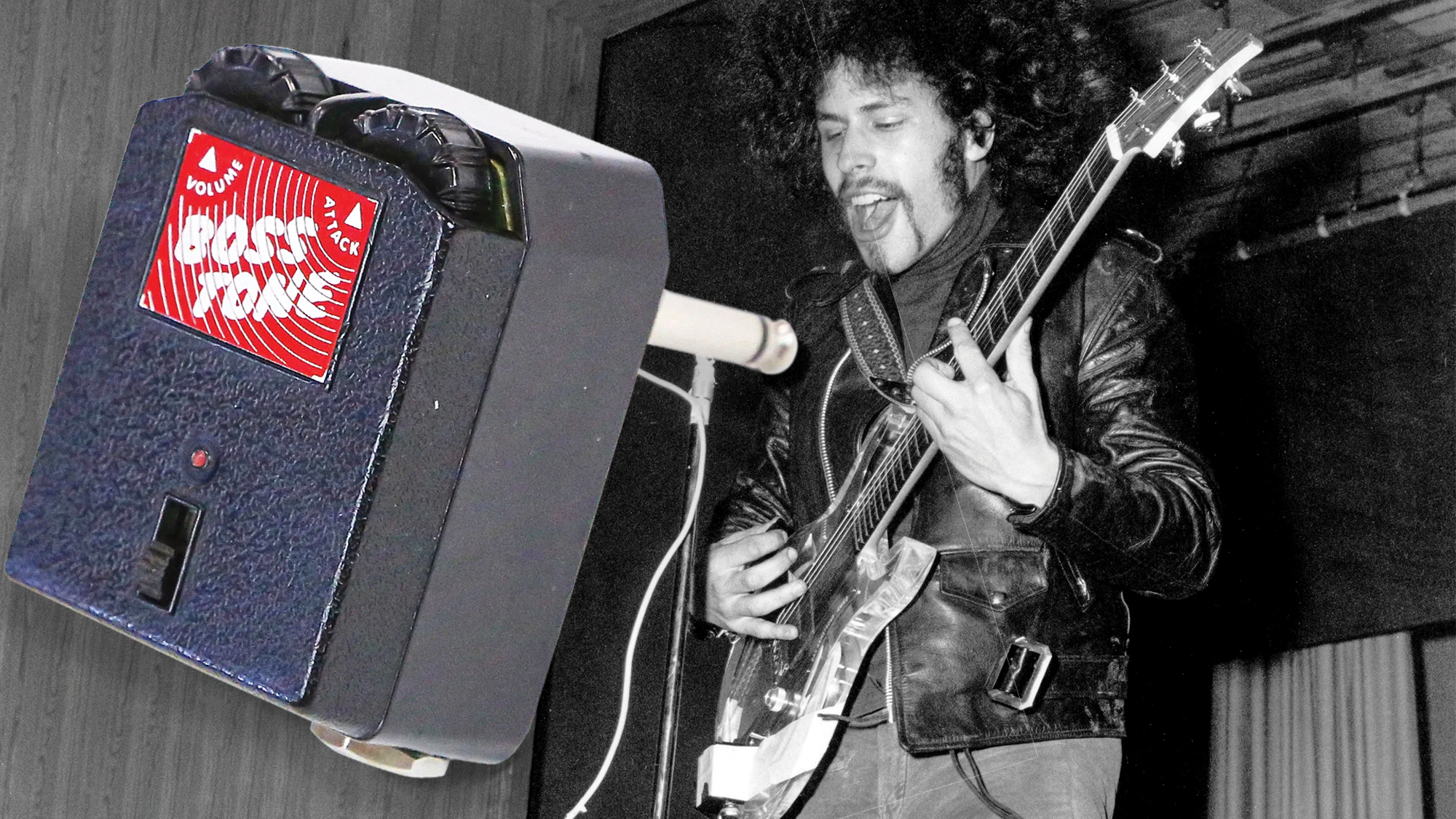Zero to Sixties in Five Pedals: Five Modern Effects that Conjure Far-Out, Vintage Tones
Many guitar players—at some point—can't help but fall under the spell of the sounds found on classic rock albums of the mid- to late Sixties.
Players like Jimi Hendrix, Eric Clapton, Jeff Beck, Jimmy Page, Pete Townshend and Robby Krieger were synonymous with wah, fuzz, univibe and/or tremolo. Throw George Harrison and Brian Jones into the mix and you get sitars and other sound- (and mind-) altering effects. They were always experimenting, changing things up, trying to outdo each other.
Modern players who are obsessed with classic Sixties rock sounds can glue their eyes to eBay, waiting for pricey, hard-to-find vintage gear to show up. Or they can check out these five easy-to-find, modern effect pedals, as chosen by a group of Guitar World staffers including Gear Editor Paul Riario.
Vox V846-HW Hand-Wired Wah Wah
Stop, children, what's that sound? ... Well, if we're talking about the Sixties (and we are), it's probably Jimi Hendrix playing "Voodoo Child (Slight Return)" on a Fender Strat through a Vox V846 Wah Wah pedal.
Vox actually created the first wah pedal in the Sixties, spawning an army of imitators that continues to grow, NAMM Show after NAMM Show. Back in the day, the Vox wah and its competitors found their way into the hands—or in this case, the feet—of countless top-notch rock guitarists, from Hendrix to Jeff Beck to Jimmy Page to Eric Clapton. But again, Vox was there first.
Just a few years ago (2011), the company issued its V846-HW Hand-Wired Wah Wah Pedal, which does a fine job of capturing the tone, feel and weight of the original Vox pedal. Every component in the new model—inductors, resistors, capacitors and the potentiometer—is carefully selected. And like its name suggests, each unit features hand-wired turret board construction with no printed circuit boards. The only difference is a true bypass, a handy update for modern players.
Get The Pick Newsletter
All the latest guitar news, interviews, lessons, reviews, deals and more, direct to your inbox!
Check out this pedal at voxamps.com.
Dunlop Jimi Hendrix Fuzz Face Distortion
The Sixties may have started out clean, but by the end of the decade there were some pretty gnarly distortion and fuzz sounds filling clubs and arenas around the world.
Among the most distinctive fuzz tones of the late Sixties undoubtedly belonged to Jimi Hendrix, who utilized a Dallas Arbiter Fuzz Face to add that extra layer of dirt to his already gritty brand of hard blues. Unless you're quick on the draw with your eBay bids or simply owned one back in the day, you won't have much luck finding Hendrix's original fuzz source these days, but fortunately Dunlop has produced a faithful replica in the Dunlop Jimi Hendrix Fuzz Face.
Hand-wired and built around a BC108 silicon transistor, the Hendrix Fuzz Face is nothing less than a meticulous reproduction of the original pedal, one you'll need if you'll want to summon your inner-voodoo child.
And if a Tone Bender is more your thing, check out the OC81D Williams Vintage Tone MK11 Professional, as used by Ben King, a former Yardbirds guitarist.
Check out this pedal at jimdunlop.com.
Electro-Harmonix Ravish Sitar
You're in a Sixties cover band. The rowdy, drunken audience is clamoring for your "Paint It, Black" / "Norwegian Wood" medley. Do you just play the sitar parts on your Fender Esquire and smile knowingly, like, "Yeah, I know these notes were originally played on a sitar, but what the hell am I supposed to do?" Well, yes, you could do that. But you also could check out Electro-Harmonix's Ravish Sitar pedal.
As we say in a recent Guitar World Buyer's Guide, it's the "world's best sitar emulation for guitar. With the Ravish Sitar pedal, Electro-Harmonix has streamlined the essence of the sitar into a compact enclosure that offers a polyphonic lead voice a tunable sympathetic string drones that dramatically react to your playing with adjustable timbre."
And besides all that, guitarists can finally tackle "Bangla Dhun," Ravi Shankar's 15-minute Indian-music recital that kicks off The Concert for Bangladhesh. Or not!
Check out this pedal at exh.com.
Dry Bell Vibe Machine V-1
You'll find vibe effects all over the music of Jimi Hendrix and Procol Harem's Robin Trower, a fact that, in and of itself, makes a good vibe pedal an essential part of any Sixties guitar rig.
There's no shortage of great vibe units to choose from, but for our money, the Dry Bell Vibe Machine is the top of the heap. Not only is it among the more compact options, it allows for maximum tone control with its "Bright" switch, avoiding the sound-dampening side effects of some of the other pedals on the market.
If you want to nail that Hendrix-at-Woodstock tone, adding this little beauty in your arsenal certainly can't hurt. What it can't help? Your nerves playing "The Star-Spangled Banner" in front of a few hundred-thousand fans.
Check out this pedal at drybell.com.
Fulltone Supa-Trem 1
As Guitar World has said in past reviews, Fulltone's Supa-Trem 1 is a tremolo pedal that lives up to its name. As you can tell by the photo in the gallery below, it's a simple, basic, gimmick-free effect that inadvertently captures the look of Sixties pedals while working hard to capture the sound.
From personal experience, it's also a rugged pedal that can take a licking and keep on waving. It features a footswitchable Half/Full speed footswitch that stays in tempo and lets you channel some authentic-sounding Leslie-like moves. Another footswitch lets you choose between "Soft" smooth wavering or "Hard" square-wave machine-gun stutter. There's also an internal trimmer to fine tune the feel of the waveform.
As a side note, Sixties rocker John Fogerty uses one of these pedals today to recreate his powerful CCR-era tremolo effects.
Check out this pedal at fulltone.com.






“The original Jordan Boss Tone was probably used by four out of five garage bands in the late ’60s”: Unpacking the gnarly magic of the Jordan Boss Tone – an actual guitar plug-in that delivers Dan Auerbach-approved fuzz
“This is a powerhouse of a stompbox that manages to keep things simple while offering endless inspiration”: Strymon EC-1 Single Head dTape Echo pedal review









